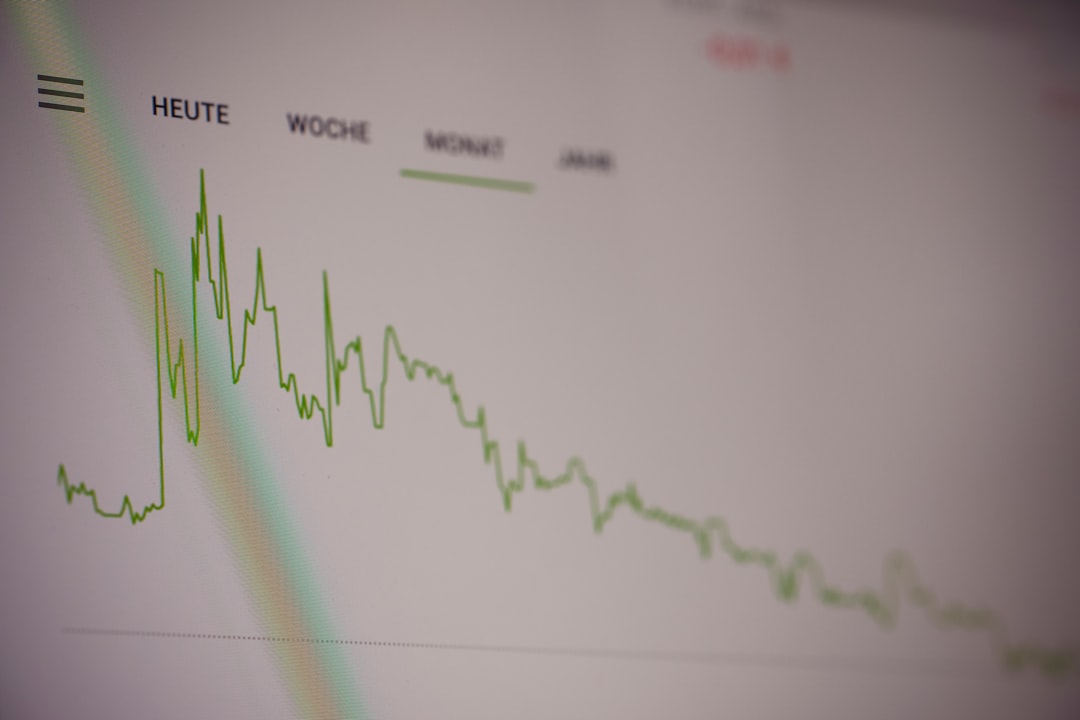
JPMorgan has revised its outlook for the S&P 500, lowering its base-case year-end target to 5,200 and introducing a new downside scenario of 4,000 amid mounting recession risks and the disruptive impact of President Trump’s sweeping tariffs. The bank’s latest forecast reflects deep concerns that these trade measures could trigger a severe economic shock, potentially forcing the Federal Reserve to step in with monetary easing—or what some analysts call the “Fed put.”
Scenario Breakdown and Economic Projections
Downside Scenario:JPMorgan now warns that if the current tariff structure remains unchanged, the S&P 500 could fall to 4,000. This caution comes on the heels of a dramatic market collapse, where the S&P 500 fell by 10.5% over two days, erasing around $5 trillion in value. The recent selloff marks the biggest two-day decline since March 2020, pushing the index close to bear market territory.
Base Case:In a more moderate scenario, the S&P 500 is expected to finish at 5,200, assuming partial relief in tariff pressures and some stabilization in investor sentiment.
Earnings Expectations and Market Impact:The forecast includes lower earnings expectations, with estimates trimmed as the shock from “Liberation Day” tariffs—described as raising the effective duty rate from 3% to 19% (comparable to a 2.4% GDP tax hike, the largest since 1968)—weighing on profit margins. The projected macroeconomic backdrop suggests a U.S. GDP contraction of 0.3% in 2025, along with unemployment rising to 5.3%.
JPMorgan’s strategists caution that the rapid pace of the market collapse, coupled with widespread panic and the unwinding of equity positioning, increases the odds for a tactical squeeze if any positive news or easing of trade policies emerges. “This macroeconomic shock could result in a recession this year with the Fed responding with five cuts by January 2026,” they noted.
Investor Sentiment and Market Volatility
Investor sentiment has deteriorated sharply amid rising market volatility. Volatility indicators have surged, and momentum factors have collapsed, leading to widespread de-risking across equity markets. With the fate of the market now seemingly tied to the Trump administration’s next moves, every piece of news is being scrutinized.
For investors looking to analyze the evolving valuation trends and earnings performance in a fragile market, real-time metrics can be an invaluable tool. Insights into market fundamentals—such as P/E ratios, earnings yield, and other key valuation measures—can be obtained via the Ratios (TTM) API. This endpoint provides a detailed snapshot of market valuation trends that help gauge whether stocks are trading at sustainable levels amid recession fears.
Looking Ahead
JPMorgan’s revised scenarios highlight a precarious market environment driven by aggressive tariff policies, a potential recession, and significant macroeconomic pressures. With the equity market’s fate possibly resting on whether U.S. trade policy pivots—thus alleviating investor fears—the coming months will be critical in determining the broader economic trajectory.
As uncertainty mounts, investors are advised to stay agile and monitor key valuation metrics closely. Should the market slip further, the “Fed put” might prompt emergency actions from the Federal Reserve, potentially sparking a short-term rebound. However, without clear policy shifts or easing trade tensions, the risks to U.S. equities remain high.
Stay informed on these developments by tracking the latest financial ratios and valuation trends using the Ratios (TTM) API. This real-time data can help investors navigate these turbulent times and assess whether current market conditions justify a rebalancing of portfolios in anticipation of further macroeconomic shocks.

